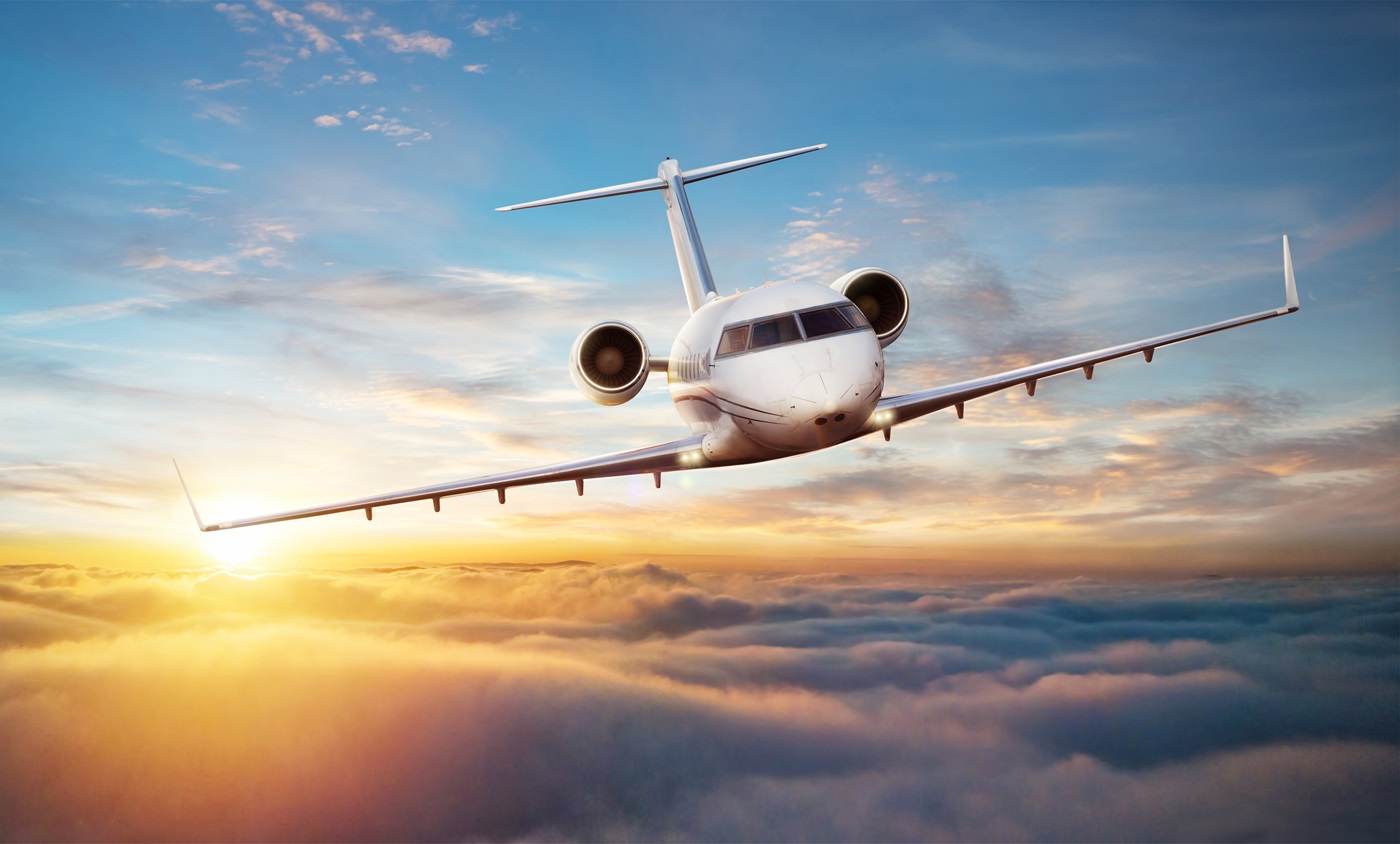
At the end of your workday, you want to be home with your family, not stuck on an airport tarmac. As a private jet charter traveler, the duration of your flights directly impacts your productivity and quality of life.
By analyzing key factors like distance, aircraft performance, weather patterns, and air traffic, you can streamline your travel time. This article explores strategies for flight and hangar optimization, helping you take control of your schedule.
We’ll examine how flight planning, aircraft selection, and savvy time management can reduce your taxi and hangar time, getting you to your destination faster.
With insights from aviation experts, we’ll help you maximize your time in the air and minimize time on the ground.
Let’s explore how minor adjustments can add up to major time-savings, keeping you on schedule without compromising safety or service. The clock is ticking – let’s get you home sooner.
Optimizing Flight Time by Selecting the Fastest Aircraft
The single biggest factor influencing private jet travel duration is the maximum speed of the aircraft. Choosing an aircraft with a higher maximum cruising speed, such as a mid-size to heavy jet, can reduce total flight time by up to 30-40% versus a light jet or turboprop.
For long-distance flights, a supersonic aircraft is optimal as it can fly at over twice the speed of sound, cutting flight times in half.
Aircraft Speed and Distance
The faster an aircraft can travel, the less time is needed to cover a given distance. For example, a light jet with a maximum speed of 450 knots would take approximately 5 hours to travel from Los Angeles to New York, a distance of around 2,800 nautical miles.
A mid-size jet traveling 600 knots could make the same trip in under 4 hours. A supersonic jet flying at 1,500 knots could arrive in just over 2 hours.
Airspace and Weather Conditions
In addition to aircraft speed, flight times are also impacted by airspace congestion and weather conditions. Less crowded airspace and favorable winds can reduce travel duration.
Conversely, heavy air traffic, airspace restrictions, and headwinds can increase flight times. Private jet operators aim to optimize flight paths and take advantage of tailwinds and less crowded airspace when possible to improve efficiency.
By selecting an aircraft with a high maximum speed, flying in less congested airspace, and taking weather conditions into account, private jet travelers can significantly reduce total travel time and maximize the efficiency of their flight.
Reducing flight duration through these optimization strategies allows travelers to spend less time in transit and more time at their destination.
Planning Efficient Routes to Minimize Distance and Airspace Congestion
Choosing Optimal Flight Paths
Private jet travel duration depends heavily on the distance between origin and destination airports. Haute Jets flight planning experts carefully analyze potential routes to determine the most direct path that avoids excessive airspace congestion.
By selecting less trafficked flight corridors whenever possible, Haute Jets is able to minimize en route delays and shave valuable minutes off total travel time.
Optimizing Speed and Altitude
The aircraft selected for a charter flight also significantly impacts total travel duration. Haute Jets offers a range of private jets with maximum cruise speeds up to 570 miles per hour at optimal altitudes of 43,000 feet.
Flying higher and faster reduces the effects of headwinds, allowing aircraft to travel farther in less time. Weather conditions are also carefully monitored to determine the fastest available altitude for each flight.
Reducing Ground Time Through Hangar Access
The amount of time spent on the ground before and after a flight can increase total travel duration up to 30% for some routes.
Haute Jets provides clients dedicated hangar space at all departure and arrival airports to minimize ground time. With direct hangar access, clients can drive directly to their aircraft minutes before scheduled departure and exit immediately upon landing at their destination.
Eliminating the time required for terminal transfers, security screening, baggage claim and other commercial aviation procedures significantly enhances the efficiency of private jet travel.
By optimizing flight paths, aircraft performance and ground operations, Haute Jets delivers the shortest travel durations and highest efficiency for private jet charters.
Reducing wasted time both in the air and on the ground allows our clients to maximize productivity and make the most of each trip.
Managing Weather Delays Through Careful Scheduling
To minimize flight delays due to inclement weather conditions, private jet owners and operators should schedule travel efficiently.
When booking a flight, check the forecast at both the departure and arrival airports to anticipate any storms that could impact the journey. If severe weather is expected, reschedule the trip for a day with more favorable conditions when possible.
If departure cannot be delayed, build extra buffer time into the itinerary in case air traffic control issues any ground stops or re-routes due to the weather.
For longer flights, choose an aircraft with sufficient range to divert around storm systems or turbulent airspace if needed.
The pilot and flight dispatcher should continuously monitor weather conditions along the flight path to make any necessary adjustments to the flight plan and ensure a smooth, on-time arrival at the destination.
Owners of private hangars and FBOs can also optimize their facilities to minimize weather-related delays. Equip hangars with specialized heating and deicing equipment to prepare aircraft for takeoff even in snowy or icy weather.
Install weather monitoring systems that provide real-time updates on conditions like wind speeds, visibility, precipitation, and barometric pressure. With advance notice of incoming storms, ground crews have sufficient time to shelter aircraft and take additional precautions.
Careful scheduling and flight planning, properly equipped hangars, experienced pilots, and up-to-date weather technology are essential tools for navigating challenges posed by weather events and reducing delays.
By anticipating issues before departure and remaining flexible in the face of changing conditions, private jet travelers can feel confident their journey will be as efficient as possible.
With the help of experienced operators focused on optimizing flight times and providing five-star service, private aviation allows passengers to avoid the lengthy check-in and security procedures of commercial airports even in less than ideal weather.
Reducing Turnaround Time With Strategic Airport Hangar Locations

For private jet travelers, efficiency is key. Minimizing the time spent on the ground between flights is essential for maximizing productivity and enjoyment. One strategy for reducing turnaround time is selecting airport hangars in strategic locations.
Proximity to Runways
Hangars positioned near active runways allow for shorter taxi times, decreasing total time spent on the ground. Less time spent taxiing means quicker takeoffs and faster transitions between landing and boarding for your next flight.
For frequent fliers moving between major air travel hubs, prioritizing hangars near runways can save hours over the course of a month.
Availability of Refueling and Maintenance Services
Opting for hangars that provide on-site refueling and basic maintenance eliminates the need to relocate the aircraft to other areas of the airport for these services.
Performing essential tasks like refueling, restocking lavatories, and conducting standard mechanical checks before the next flight helps minimize turnaround time by consolidating services to a single location.
For aircraft owners leasing hangar space, ensure the lease terms allow for access to refueling and maintenance equipment and personnel.
Proximity to Passenger Terminals
For added convenience, select hangars located within close proximity to passenger terminals whenever possible. A short distance between the hangar and terminal means quicker and more efficient passenger boarding and disembarking.
Less time spent transferring to and from the terminal results in faster turnarounds and less idle waiting time for aircraft owners and their guests.
In summary, strategic selection of airport hangars based on their location and available amenities can significantly decrease aircraft turnaround times through more efficient access to runways, refueling, maintenance, and passenger terminals.
For jet travelers and aircraft owners alike, optimized turnarounds translate into more productivity and value. By reducing time spent on the ground, private air travel becomes an even more effective means of transportation.
Flight Time FAQs: Your Top Questions Answered
How long will my private jet flight take?
The duration of your private jet flight depends on several factors, including the aircraft’s speed, weather conditions, and air traffic. Faster jets like the Citation X can travel up to 600 miles per hour, reducing flight times.
Adverse weather such as strong headwinds or air traffic congestion can increase travel duration. For most mid-size to large cabin jets, you can expect to travel 500 to 1,000 miles in 2 to 5 hours of flight time.
Can I reduce my private jet’s flight time?
Yes, there are several strategies you can employ to minimize your flight duration. Choosing a faster aircraft, such as a turbojet or supersonic jet, will decrease travel time, especially over long distances.
Flying at higher altitudes, around 41,000 to 45,000 feet, will also increase speed due to less air density and friction.
Avoiding congested air routes and airspaces when possible will prevent delays and shorten flight time. Refueling and stopping to change aircraft at strategic locations along your route can also optimize flight efficiency.
How long will my jet stay in the hangar?
The amount of time your private jet spends in the hangar depends on required ground operations like refueling, cleaning, catering, and maintenance. For short domestic flights, you can expect 1 to 3 hours of hangar time.
International flights typically require 3 to 8 hours for customs, immigration, and ground handling. The type of aircraft also affects hangar duration, as larger planes demand more time for servicing.
Reducing stopovers and choosing a plane appropriate for your itinerary are the best ways minimize ground time between flights.
With strategic planning, you can streamline your private jet travel experience and maximize the time spent enjoying your destination.
Opting for faster aircraft, direct routing, minimal stopovers, and efficient ground handling will get you where you need to go with haste and style.
By understanding the factors influencing flight time and hangar duration, you can make the most of your private aviation privileges.
Conclusion
To minimize your private jet travel duration, carefully consider the distance, aircraft capabilities, forecasted weather conditions, and potential airspace congestion for each planned flight.
Work closely with your aviation team to select the optimal aircraft for your route and passenger count. Strategically position the jet at airports that reduce deadhead legs and taxi times. Use flight planning tools to optimize altitudes and routing around weather.
Coordinate with air traffic control to receive priority handling. Implementing best practices in flight time management and hangar locations will maximize your on-board productivity and minimize frustrating delays.
At the end of the day, proper preparation and collaboration with your skilled pilots and aviation staff are key to ensuring your private air travel is as efficient as possible.
Are you interested in finding an exact price for your upcoming trip? Input your trip details here to browse available private jet charter flights, or call +1 (888) 585-3095 for a custom itinerary and quote.



























































